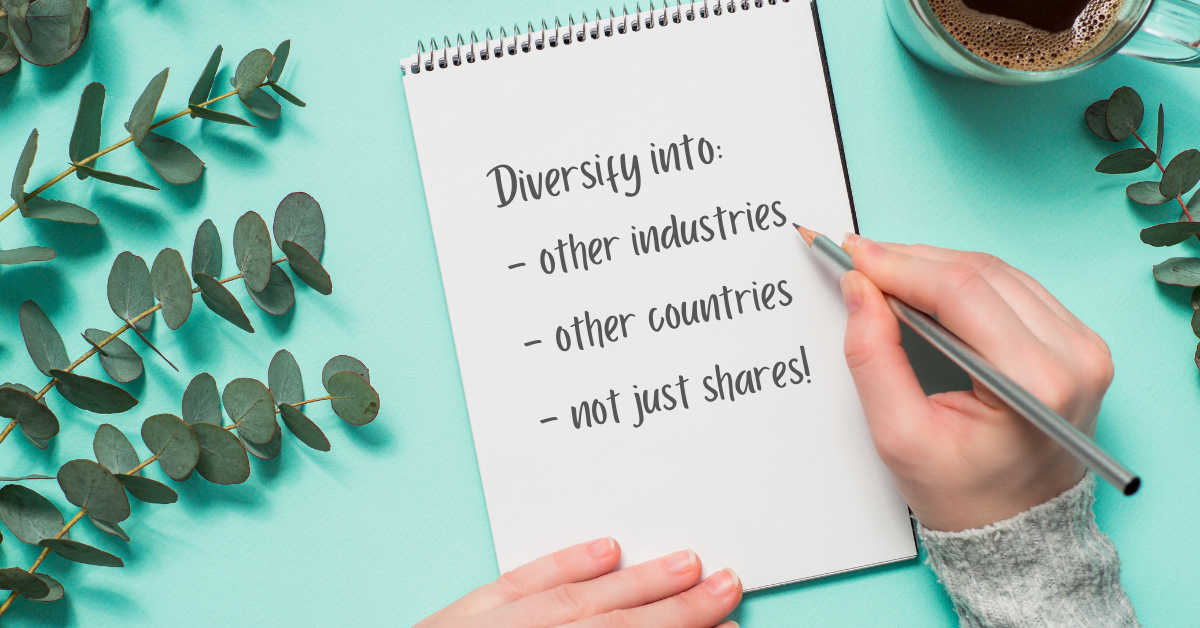-
Consumer
-
Investing
- Investing basics
-
Deciding how to invest
-
Ethical investing
-
Managing your investment
- Online investing platforms
-
Types of investments
-
Bank regulatory capital
-
Binary options
-
Bonds
-
Cash investments
-
Crowdfunding
-
Cryptocurrencies
-
Derivatives
-
Exchange-traded funds
-
Foreign exchange trading
-
Gold and other commodities
-
Investment software packages and seminars
-
Managed funds
-
Peer-to-peer lending
-
Property investment
-
Property syndicates
-
Shares
-
Wholesale investments
-
Bank regulatory capital
- Getting advice
- Everyday finance
- KiwiSaver & Superannuation
-
Unregistered businesses
-
Investing
-
Finance professionals
-
Services
-
Accredited bodies
-
Administrators of financial benchmarks
- Auditors
-
Authorised body under a financial advice provider licence
-
Client money or property services provider
-
Climate Reporting Entities (CREs)
-
Crowdfunding service providers
-
Crypto asset service providers
-
Directors
-
Derivatives issuers
-
Discretionary Investment Management Service (DIMS)
- Financial advice provider
-
Financial adviser
- Financial Institutions
- Financial market infrastructures
-
Independent trustees
-
Interposed persons under the financial advice regime
- Managed investment scheme manager
-
Market operators
-
Offer disclosure for equity and debt offers
- Offers of financial products
-
Peer-to-peer lending service providers
-
Supervisors
-
Accredited bodies
- Focus areas
- Legislation
-
Licensed & reporting entities
-
Online Services
-
Services
-
About
- People & leadership
-
Board
- Regulatory approach
- Enforcing the law
-
Investor capability
-
Corporate publications
- Careers Document library
- News & Insights Document library
- Scams Document library
-
Contact
-
When to contact us
-
Make a complaint
-
Official Information Act (OIA) requests
-
Make a protected disclosure (whistleblowing)
-
When to contact us
13 November 2019
Guide to diversifying

How and why you should diversify your investments
Diversification might sound complicated, but it’s really just a fancy way of describing having a mix of different types of investments. This protects you from a single investment going wrong and causing you to lose a significant percentage (or even all!) of your money. But there are right ways and wrong ways to diversify.
The right ways to diversify
Have a mix of cash, bonds, property and shares.
-
Asset classes like property and shares have higher long-term returns, but in the short term they can be quite volatile. Cash and bonds have lower returns but tend to perform more steadily, which helps to offset some volatility risk and smooth out your returns.
-
Markets for different assets tend to peak at different times. Having a mix of assets minimises the effect of highs and lows.
Have a mix within each asset class.
-
Short-term and longer-term cash deposits and bonds. Commercial as well as residential property. Shares from different industries, sectors and countries.
-
Having this mix means if something goes wrong in one industry or country, the impact on the overall value of your investments will be contained.
Keep an eye on your mix.
-
The assets in your investment mix will change in value over time. That means you’ll need to check in from time to time to make sure your mix is still helping you meet your investment goals.
-
You might need to adjust your mix to realign with your strategy.
The wrong ways to diversify
Diversifying within an asset class, rather than across classes.
-
Sometimes people think having their money in a number of different NZ companies or in several bank term deposits is enough to give them diversification.
-
The first rule of good diversification is to diversify across asset classes – rather than just across different providers or companies.
Diversifying across asset classes by putting a quarter of your money in each.
-
The right mix for you will depend on your investment goals and investor type.
-
If you need your money soon you might need to keep most of your money in cash and bonds.
-
If you don’t need it for a long time, and can handle returns going up and down, your mix might include more property and shares.
Investing directly in hundreds of different types of investments.
-
Managing all that could get exhausting. And costly, as there are fees associated with regularly buying and selling investments.
-
An easier option is to include one or more managed funds or exchange traded funds (ETFs) in your investment mix, since those come pre-diversified (although you’ll still need to consider what impact the fund’s range of investments will have on your overall mix).
Forgetting what you’ve already got when making your mix decision.
-
If you’re in KiwiSaver, the fund(s) you’re in probably already contain a diversified mix of investments.
-
Check out what’s in your fund and think about whether you’d like to stick to the same, or perhaps take more or less risk with your non-KiwiSaver investments.
Including non-regulated/very-high-risk investments in your mix.
-
‘Investments’ like cryptocurrency or foreign exchange trading can rise and fall in value dramatically, and the normal smoothing effects of balancing them with low-risk investments won’t be as effective.
-
If you really want to try them out, only use money you can afford to lose. Treat them as speculation and not as part of your investment portfolio.
